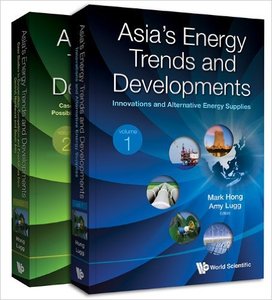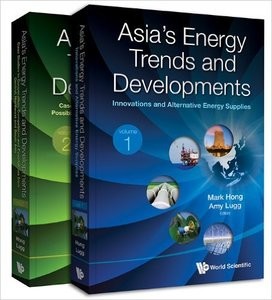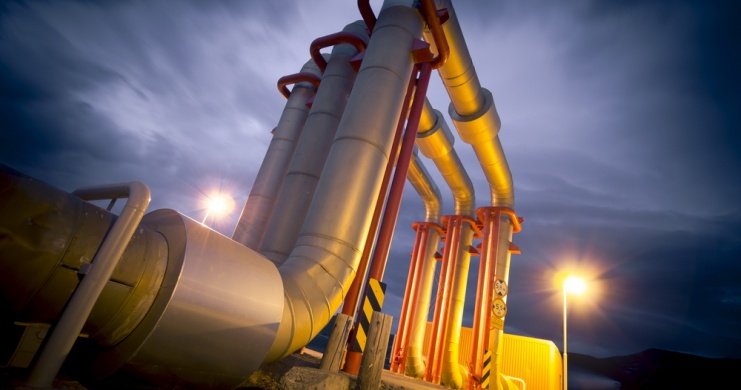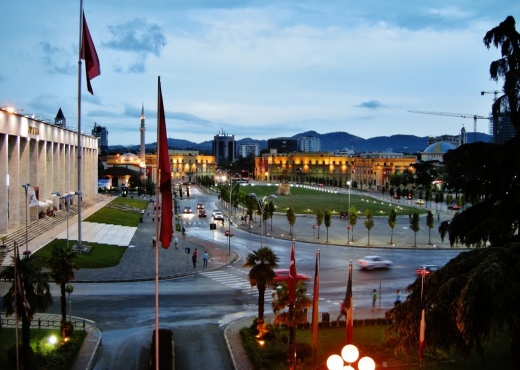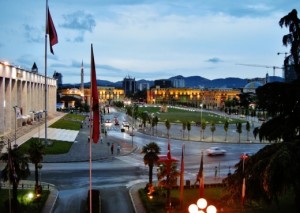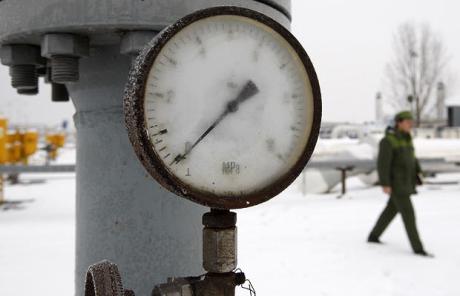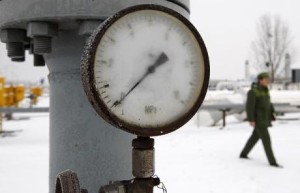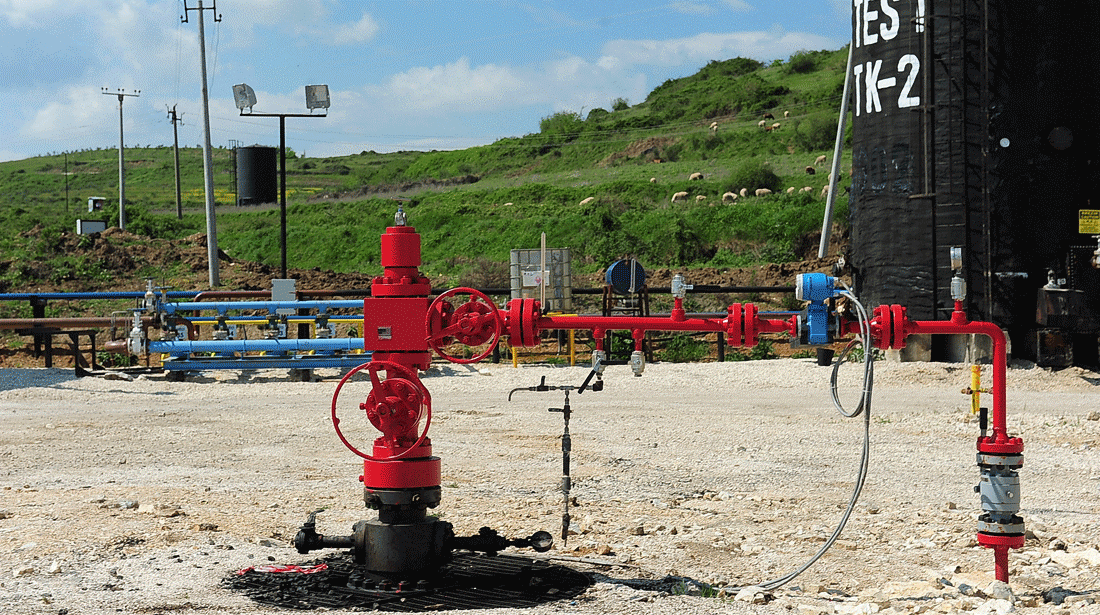
Bankers Petroleum provides operational update for Q2 2015

Bankers Petroleum Ltd. (TSX: BNK, AIM: BNK) is pleased to announce the Company’s second quarter operational update.
Production
Average production from the Patos-Marinza and Kuçova oilfields in Albania for the second quarter of 2015 was 20,045 barrels of oil per day (bopd), an increase of 1.4% compared to the first quarter 2015 average of 19,767 bopd.
The Bubullima reservoir continues to exceed expectations, with four producing wells averaging 220 bopd at an 85% water cut, over the last thirty days of the quarter. The average API of the Bubullima production is 15 – 17 degrees, helping to further offset diluent costs. The production history of these four wells ranges from four months to over two years, with minimal decline rates to date. Bankers has one additional well to be tied-in pending the completion of sour treating facilities in Q3 and plans to drill up to three additional Bubullima wells in the second half of 2015.
Sales and Oil Prices
Oil sales during the quarter averaged 19,599 bopd, 3.4% lower than the previous quarter average of 20,283 bopd. Crude oil inventory at June 30, 2015, was 307,000 barrels, up from 270,000 barrels at March 31, 2015.
The Patos-Marinza second quarter average oil price was approximately $47.98 per barrel (representing 77% of the Brent oil price of $61.92 per barrel), as compared with the first quarter average oil price of $39.66 per barrel (representing 74% of the Brent oil price of $53.94 per barrel). Sales to the export market during the second quarter of 2015 represented 78% of total sales, at an average export price of 80% of the Brent oil price. Domestic sales were lower in the quarter as Bankers targets the seasonally higher demand of the export market.
For the six months ended June 30, 2015, average oil sales were 19,899 bopd compared to 20,036 bopd for the first six months of 2014. The six month average oil price was approximately $43.74 per barrel (representing 75% of the Brent oil price of $57.95 per barrel) as compared to $87.00 per barrel (representing 80% of the Brent oil price of $108.93 per barrel) for the first six months of 2014.
Bankers realized $9.9 million (representing $5.53 per barrel) during the second quarter in proceeds from corporate hedge proceeds. Additionally, Bankers received $1.4 million (representing $0.76 per barrel) in legacy accounts receivable realization as part of its domestic sales program.
For the six months ended June 30, 2015, Bankers realized $24.0 million (representing $6.66 per barrel) in proceeds from corporate hedge proceeds. Additionally, Bankers received $4.9 million (representing $1.37 per barrel) in legacy accounts receivable realization as part of its domestic sales program.
Bankers has hedged 6,000 bopd at a Brent price of $80.00 per barrel for 2015. The remaining 2015 hedge program at June 30, 2015 is valued at $21.3 million.
Drilling Update
Bankers drilled a total of twelve wells in the second quarter: ten horizontal producers, one water disposal well, and one suspended well following the release incident at the beginning of the quarter. Five of the producing wells are on production, the remaining five will be placed on production early in the third quarter following the completion of drilling on the same well pad.
In the second half of 2015, Bankers plans to drill the remaining twenty-six of the total sixty wells planned in 2015, including one multilateral and one Kuçova well. As previously reported, Bankers reduced its active rig count to two in February in response to decreased commodity prices.
Secondary Recovery Program
The twenty-six polymer and five water flood patterns operational in the Patos-Marinza oilfield at the end of the second quarter 2015 continue to meet or exceed model expectations, producing an incremental 2,390 bopd in the month of June, 12% of Bankers total production.
In Q2, Bankers converted seven additional wells to injectors: 6 polymer flood and 1 water flood. As of June 30, 2015, four of these wells are currently injecting with the remaining three wells expected to begin injection early in the third quarter, pending facilities tie-in. The Company continues to be strongly encouraged by the results to date and Bankers plans to convert an additional eleven to sixteen patterns in the second half of the year.
Infrastructure Development
Bankers infrastructure projects in the second quarter continued to focus on margin expansion with construction of the northern gathering system. This construction is nearly complete and will be commissioned in the third quarter following the completion of the associated increase in the inlet capacity at the Satellite 3 treating facility. Construction on the west gathering system, previously delayed due to the commodity price environment, has now commenced along with the expansion of the inlet facilities at Pad D for which equipment is now being sourced and procured. This project has been re-initiated to accommodate sour production from the Bubullima and to further reduce trucking and operating costs.
The installation of vapor recovery units at Pad H and Pad D commenced late in the second quarter and are expected to be commissioned late in the third quarter. These projects target a reduction in energy costs by utilizing produced gas to create electricity thereby reducing the need for external fuel sources.
The majority of the equipment associated with the polymer secondary recovery program arrived in country during the second quarter and installation is now underway in conjunction with the remaining planned conversions in 2015. These facilities expansions will allow for up to 28 additional conversions.

